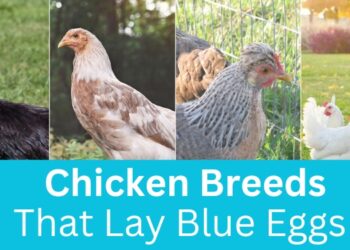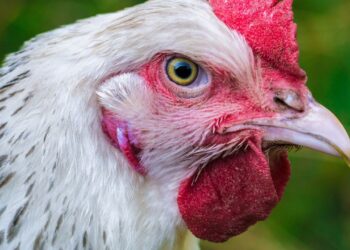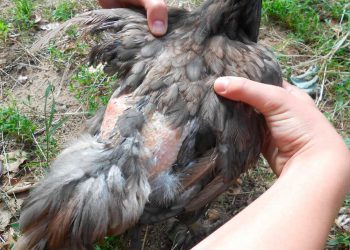Everyone knows what chickens are and what they look like. Chickens come in many shapes, sizes, and colors. Most people will think of a large brown laying hen when they thinking of a chicken. However, there are many other chicken breeds, each with a different appearance and character.
For example, the Pavlov chicken is a very old chicken breed from the 17th century, which, despite its beauty, is still very unknown in 2020.
The Pavlov is a real ornamental chicken, which means that they are not bred for their meat or eggs. The breed has a distinctive appearance, with the typical crest and full beard taking center stage.
History
Origin
The Pavlov is originally from Russia, from the town of Pavlovo, in the Nizhniy Novgorod province, on the Oka River. According to the classification, the fowl belongs to the Eastern European breeds.
Rise of the chicken breed
Foreign breeders were interested in this beautiful breed of chickens from Russia. For example, in 1894 the first Pavlovs appeared abroad, in Germany (Leipzig) and Austria (Vienna). Around 1900 these fowl appeared only occasionally at exhibitions and then they disappeared completely. This had to do with the emergence of other foreign breeds.
As a result, this chicken breed almost became extinct around 1990. The breed is gradually becoming more famous again. Yet in 2020 there is still little information available about this variety. This is partly due to the fact that few people own Pavlov chickens and they are not kept and bred on a large scale.
Over time, several names have been used for the Pavlovas. Some examples of these names are:
- Pavlovskaya
- Pavloff
- paw low
- Pavlovski
Appearance
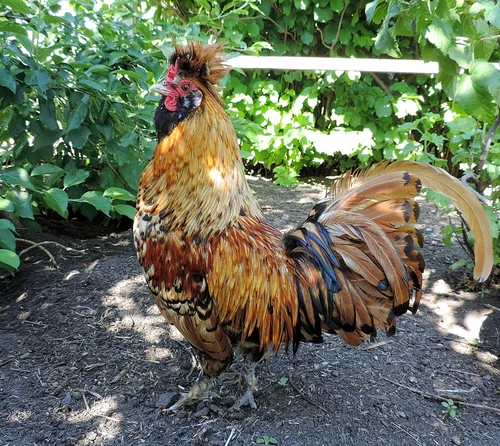
The sex of the hen can be determined by studying the crest. The differences in the crest between hen and rooster are already visible at a young age Another important feature of this breed of chickens is the feathers on the legs.
Breeders even have a name for it – “Pavlov paws.” The legs have springs on the outside as well as on the inside of the walking leg. The feathers are tight around the legs, so they are not very noticeable.
The legs are short and they have a long tail. The tail of the rooster is longer and looks less tight compared to the tail of the hen. They are of medium size, solidly built, with upright posture and the chest carried slightly forward. They are colorful chickens and special animals to see. The weight of the rooster is between 1.7 and 1.8 kilos. The hen is slightly lighter and smaller and weighs between 1.2 and 1.4 kilos. The chicken breed has three color varieties: Silver, Gold, and White.
Other ornamental chickens
There are many other breeds that are popular for their appearance and are kept as ornamental chickens.
Some examples of these breeds are:
- white-crested
- Padova
- Silkie
EE standard
The EE standard has been drawn up by a European organization (Entente Européenne). This organization is divided into multiple animal species, such as guinea pigs and rabbits.
The organization determines the external characteristics that a chicken must meet in order to belong to a certain breed.
The organization also organizes exhibitions and there are even European breed shows. Pavlov must meet the characteristics discussed above to be part of the standard.
Some external characteristics that make a chicken not part of the EE standard are:
- In horizontal posture, the chest is not carried forward
- Too little or no beard formation
- Full round crest
- lack of crest
- Springs are not completely around the walking leg
- Too many feathers on the legs, the feathers protrude
- All black tail
If a chicken does not meet Pavlov’s EE standard, it will not be recognized as the breed. It is then not a real Pavlov chicken, so it may not be entered for exhibitions and shows of breed clubs.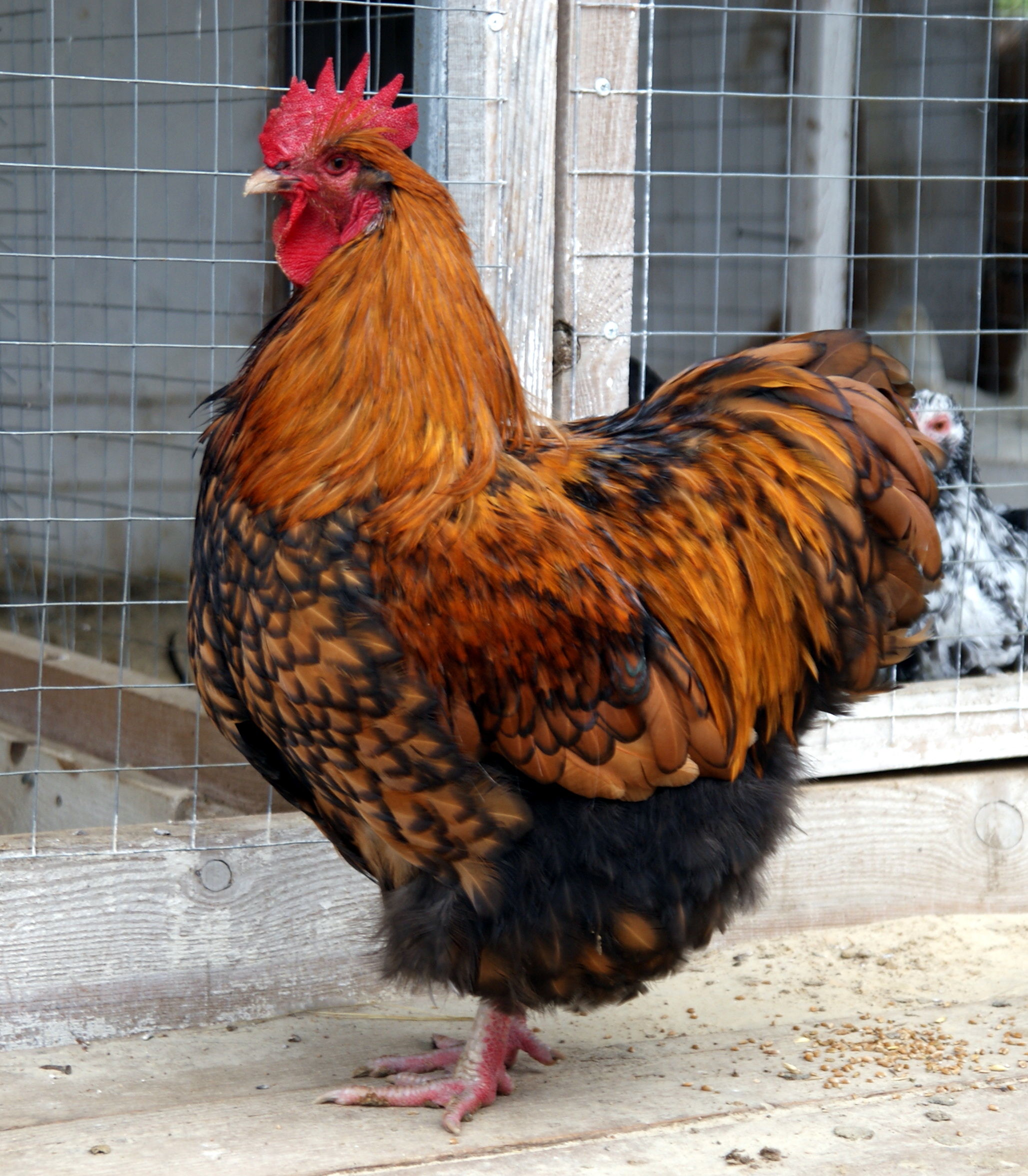
Reproduction
The Pavlov hen lays on average between 70 to 90 eggs per year. The average weight of the egg is 50 grams. The eggshell has a white color. The minimum weight of a hatching egg should be 48 grams. The chicken is sexually mature at an early age and has a well-developed breeding instinct.
Personality
Pavlov is curious and confidential by nature. They can run fast but are not aggressive. Due to their calm nature, they are easy to keep with other animals or with small children.
Purpose
hobby holders
The Pavlov is a perfect ornamental breed. She is seen as an ornamental breed because egg production is on the low side. The hen lays about 80 eggs per year, while in proportion an Australorp lays about 250 eggs per year. She is therefore not seen as a laying hen. The chicken is too small and light for meat production. The chicken is especially loved for its striking appearance
Breeding
The current goal of breeding is the recovery of this breed and the creation of new ornamental breeds. Possibly also the creation of new color varieties for this species and the transfer of ornamental characteristics of the Pavlov to other varieties. Ornamental features that are desired to be passed on to other breeds are the full beard, the distinctive crest, and the legs that have feathers all around.



